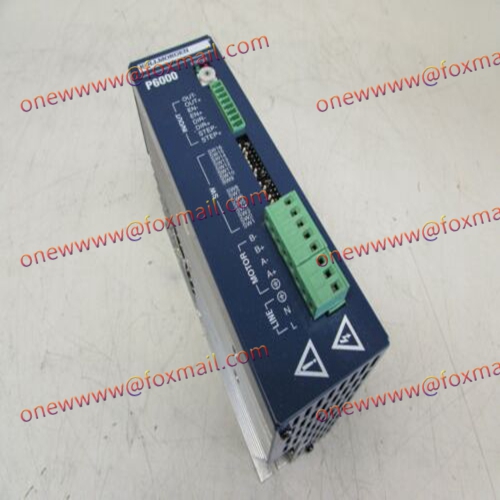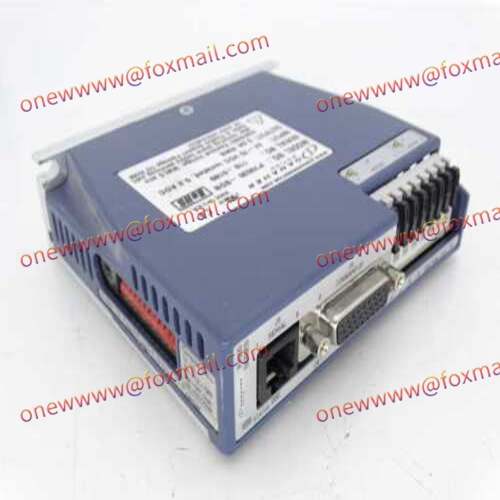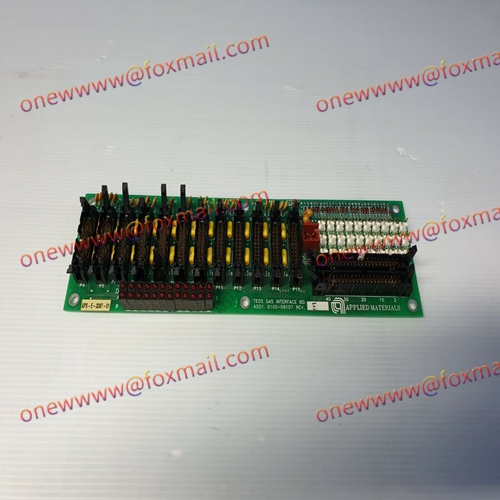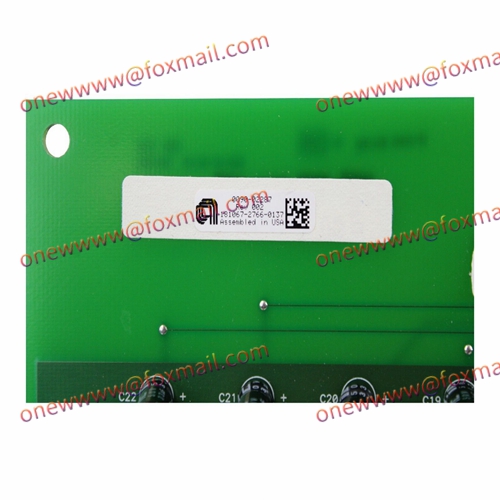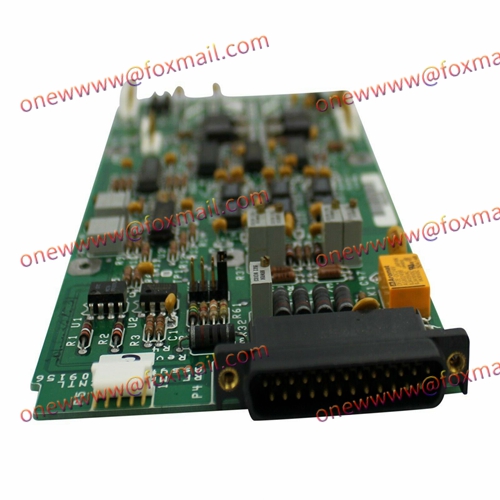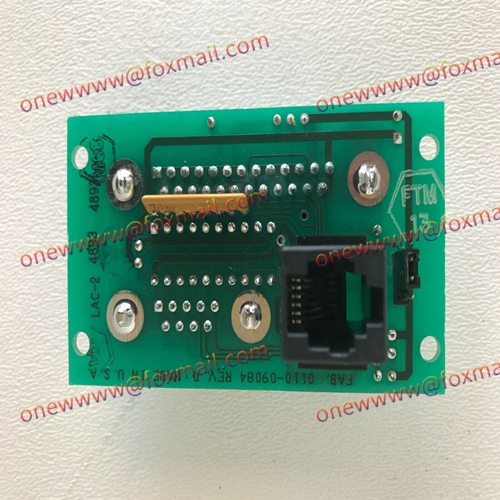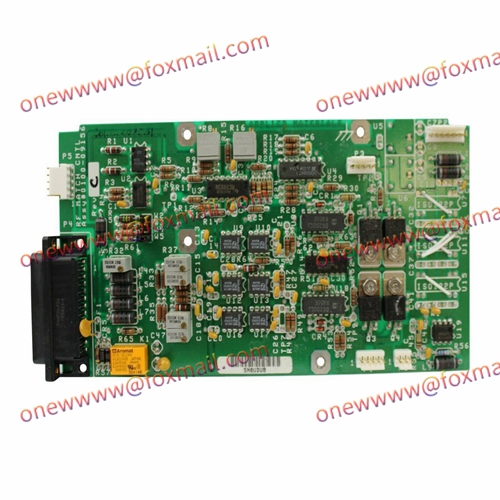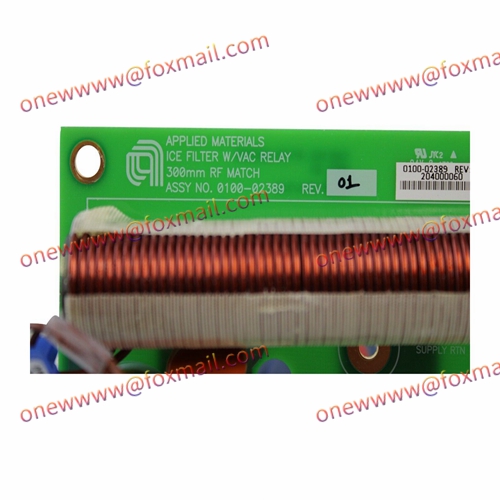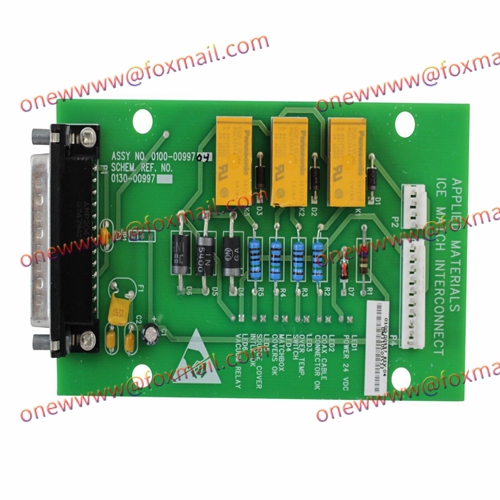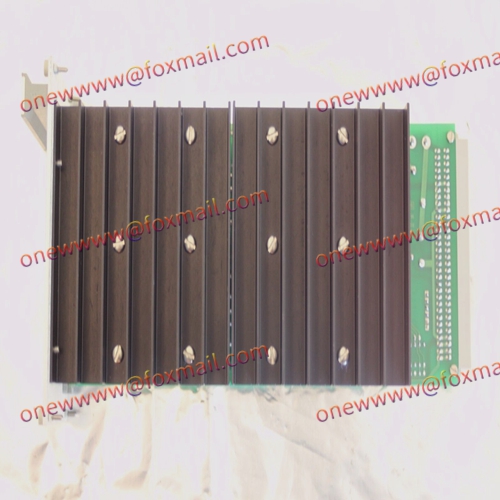Kollmorgen P60660-SDN-001 Digital Input Module
Kollmorgen P60660-SDN-001 is a digital input module used to receive digital signals sent by external devices and convert them into digital format for processing. The following is a general introduction to the product:
Input channel: The P60660-SDN-001 digital input module usually has multiple digital input channels for receiving digital signals sent by external devices. These input channels can be connected to switches, buttons, sensors, or other digital output devices to receive their status or trigger events.
Signal type: This module typically supports multiple types of digital signal inputs, such as switch signals, alarm signals, status signals, etc. It can receive different logic levels or digital states and convert them into corresponding digital values for processing.
High speed response: The P60660-SDN-001 digital input module typically has fast input response capability, capable of real-time monitoring and responding to digital signal changes from external devices.
Flexible configuration: This module usually supports flexible configuration options and can be configured according to specific application requirements. You can set the triggering method, input level type, and input filtering parameters of the input channel to adapt to different application scenarios.
Communication interface: Digital input modules are usually equipped with various communication interfaces, such as Ethernet, CAN bus, RS-232, RS-485, etc., for data exchange and communication with other devices and systems.
High reliability and stability: The P60660-SDN-001 digital input module usually has a high reliability and stability design, which can operate stably for a long time in industrial environments and ensure reliable digital signal input and transmission.

